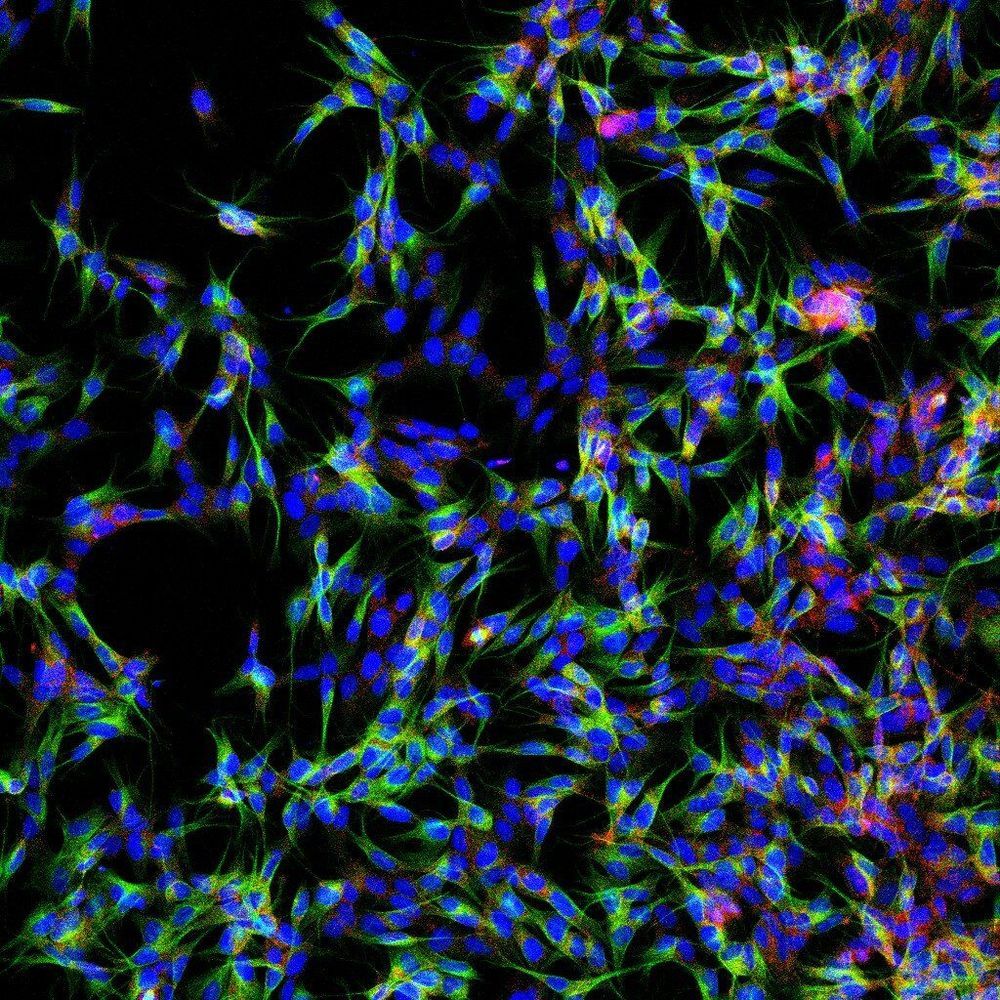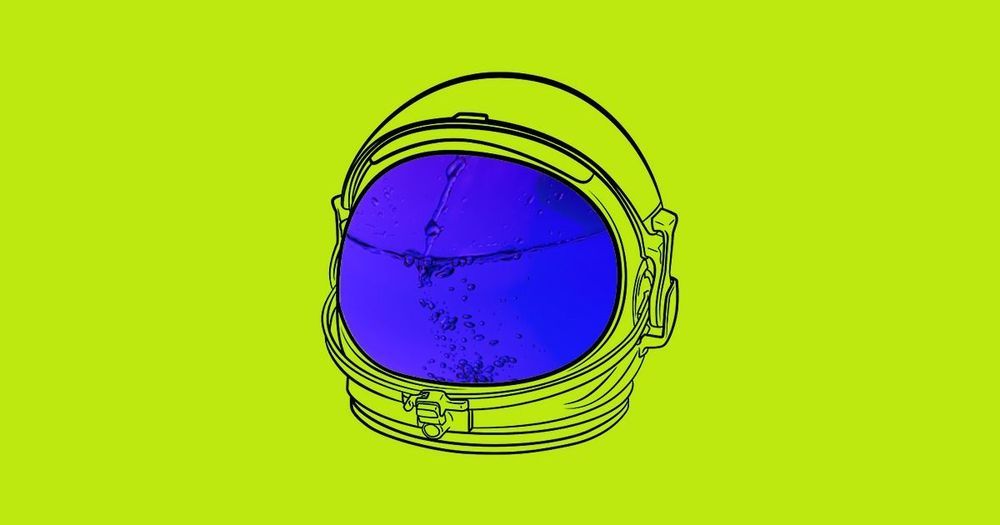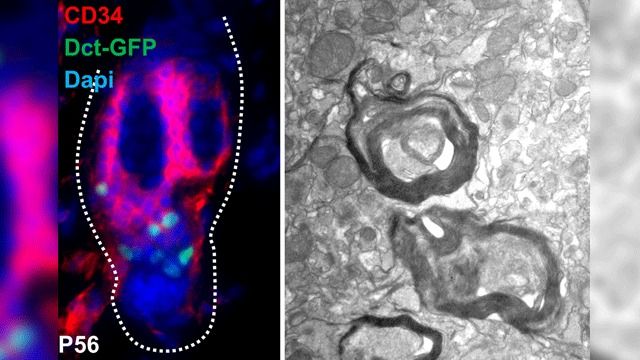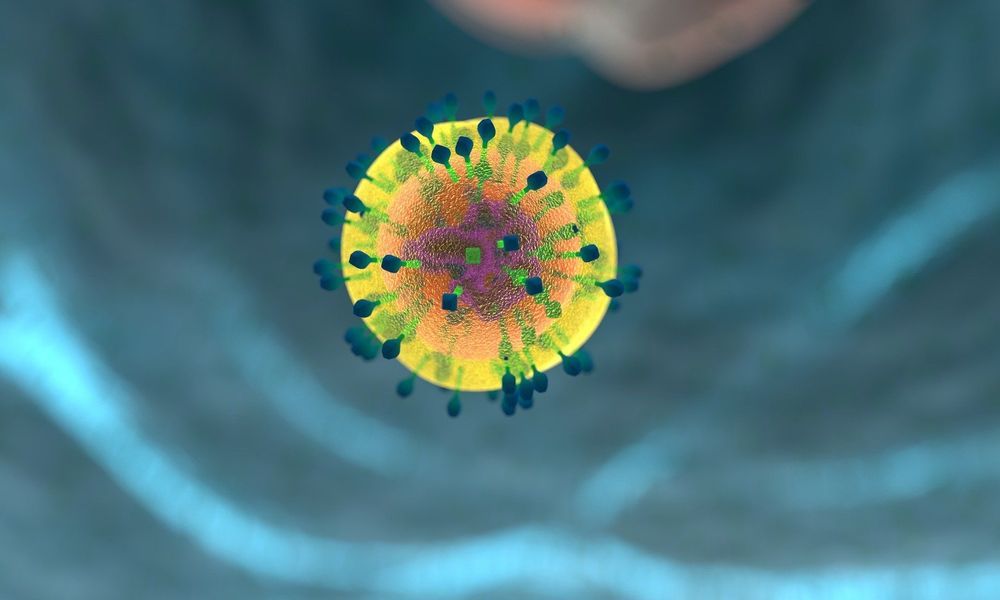Longevity technology number one, according to the Longevity Impact Forum rating, proven by Patient zero.
Liz Parrish, CEO of BioViva USAa short clip from her gene therapy that she took in 2015 against biological aging. This is the first step to curing diseases like Alzheimer’s disease, heart disease, kidney failure and cancer. If we work toward this goal quickly we could save almost 8 billion people from inhumane and expensive deaths.
https://www.BioViva-Science.com
https://www.Integrated-Health-Systems.com
Engage with us; Like, Follow, Share, Subscribe, Comment:
https://www.linkedin.com/in/liz-parrish-73870629/
https://www.facebook.com/BiovivaSciences/
Tweets by BioVivaScience
https://www.instagram.com/biovivasciences/
#disruptaging #genetherapy #genomiccounseling #biovivascience #genome #senescence #aging #longevity







